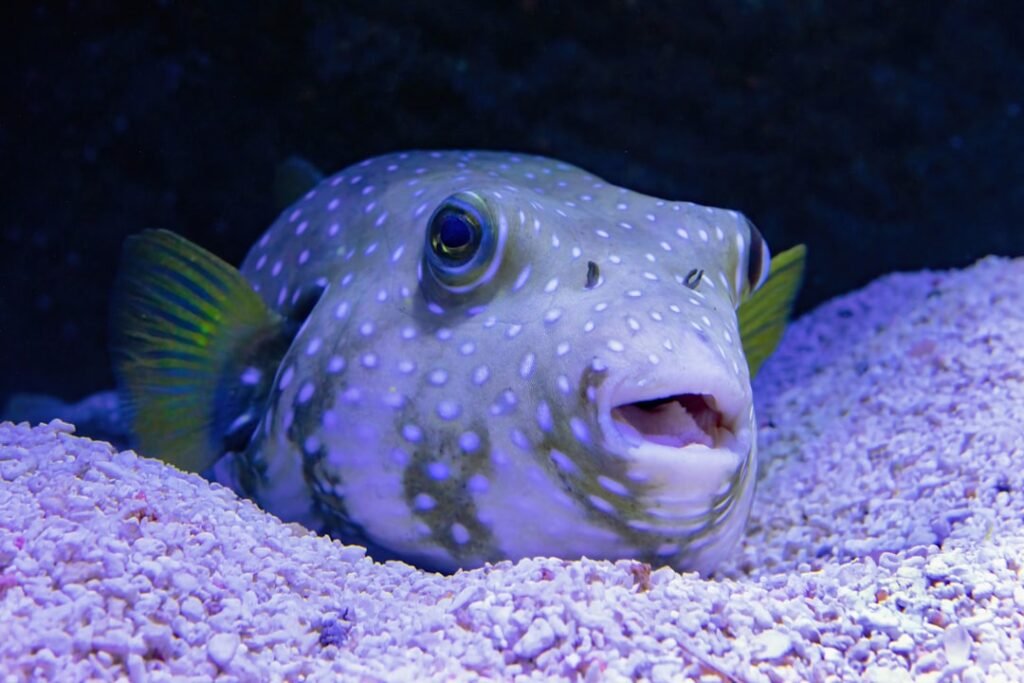Nature has produced countless remarkable courtship rituals, from peacocks displaying vibrant tail feathers to birds performing elaborate dances. Yet deep in the waters of Japan and Africa, certain fish species have taken romantic expression to artistic extremes. These remarkable creatures don’t just sing or dance for love. They build.
Picture this: you’re diving in clear tropical waters when you encounter what looks like a massive crop circle on the sandy ocean floor. The geometric precision seems almost alien, too perfect to be natural. For decades, these mysterious formations puzzled marine biologists until they discovered the tiny architects behind them. We’re about to explore one of nature’s most extraordinary love stories, where small fish become underwater sculptors in their quest for romance.
The Master Architect of Japan’s Waters
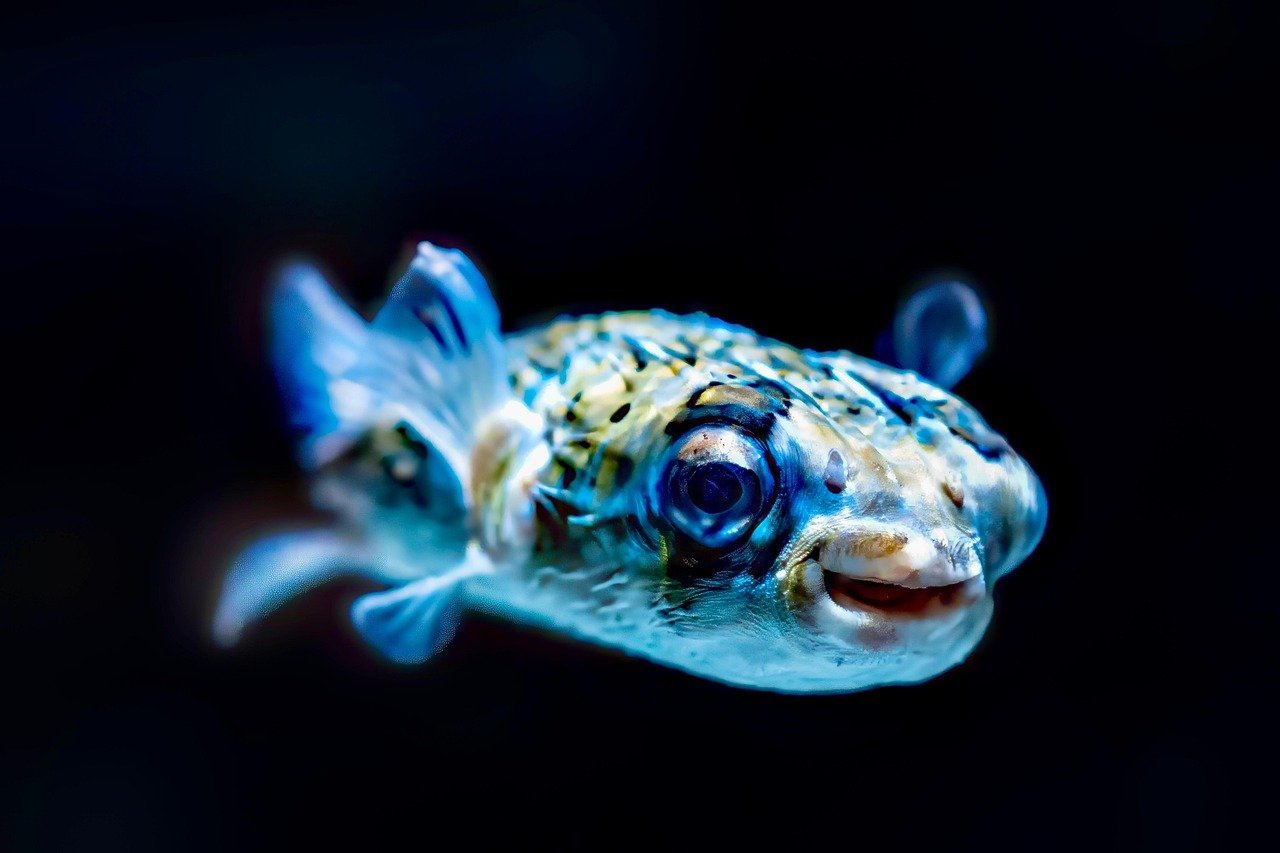
The white-spotted pufferfish (Torquigener albomaculosus) is known for its unique and complex courtship display. Males create large geometric circles in the sand to attract females for copulation. This tiny fish, measuring about five inches long, creates structures that span nearly seven feet in diameter. That’s like a human building a structure the size of a football field using nothing but their bare hands.
To construct the ornate circular structure, a male works for more than a week straight. He flaps his fins along the seafloor to build ridges which he then decorates with shells and coral and sculpts a unique maze pattern in the center where a female might lay her eggs if, after evaluating his construction skills, she chooses him. The dedication is absolutely mind-blowing. Imagine working nonstop for over a week just to impress someone on a first date.
A Discovery That Stunned Scientists
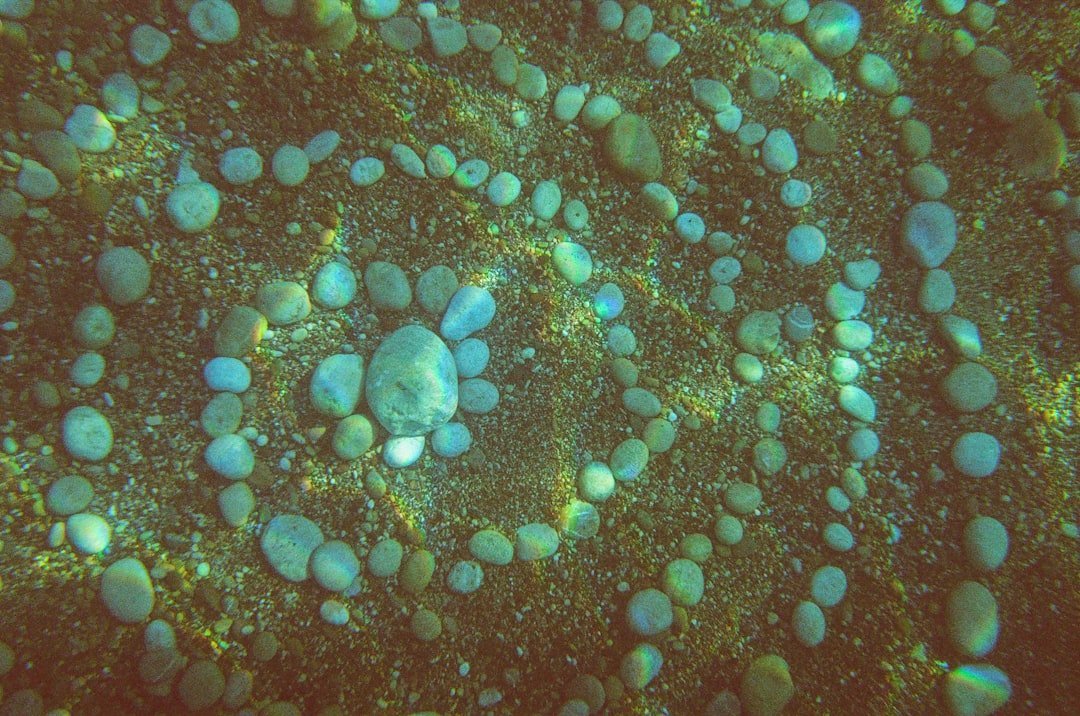
The geometric circles were first noticed by divers in 1995, but it was not known that they were created by white-spotted pufferfish until 2012, when the species was discovered in the Ryukyu Islands. For nearly two decades, these underwater formations remained one of the ocean’s greatest mysteries. Scientists couldn’t figure out what was creating these perfect geometric patterns that appeared on the sandy bottoms around Japan.
This is also believed to be the most geometrically ordered structure created by any fish. When researchers finally identified the architect, it revolutionized our understanding of animal intelligence and artistic capability. The species Torquigener albomaculosus was described by David Attenborough as “one of the most extraordinary life forms on the planet” due to the males’ unique habit of wooing females by creating nests in sand composed of complex geometric designs.
The Construction Process Revealed

The building process itself reads like a masterclass in underwater architecture. A male, white-spotted pufferfish starts his construction of the circle by pressing his body against the sand thus creating some indents in the sand. What starts as simple body impressions gradually evolves into something far more sophisticated.
Males dug valleys at various angles in a radial direction, constructing nests surrounded by radially aligned peaks and valleys. Furthermore, they created irregular patterns in the nest comprising fine sand particles. The precision required is staggering. These fish are essentially creating 3D sculptures using their bodies as both tools and measuring devices, all while working in an environment where currents constantly threaten their progress.
Decorating for Love
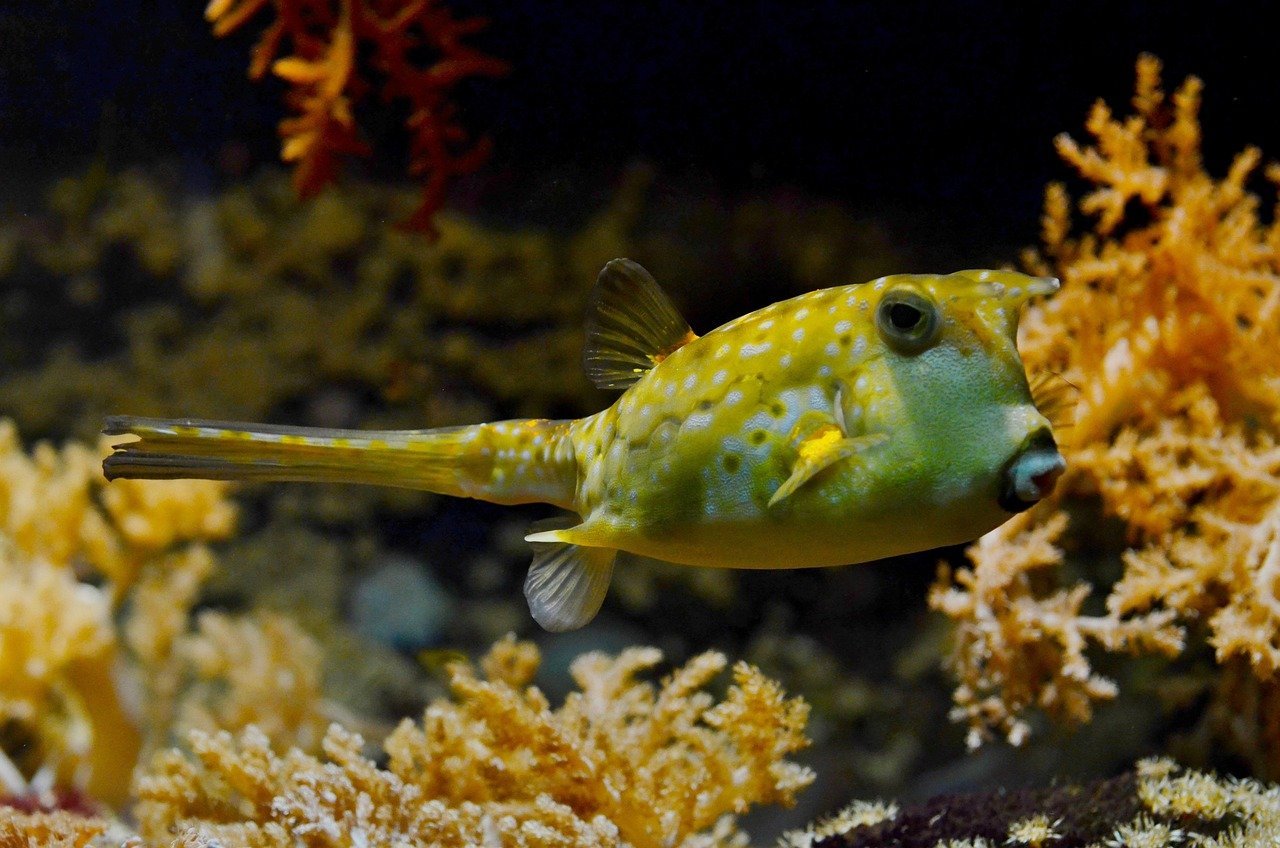
The construction phase is just the beginning of this remarkable courtship process. But it still needs some finishing touches, such as shells to decorate the ridges. They’re more than an artistic flourish. They stabilize the ridges, slowing the water that might stir the center. These fish understand both aesthetics and engineering principles, creating structures that are both beautiful and functional.
Although some other fishes construct mating mounds, the pufferfish’s creation is unique for a number of reasons: First, they involve radially aligned ridges and valleys outside the nest site. Second, the male decorates these ridges with fragments of shells. Third, the male gathers fine sediments to give the resulting formation a distinctive look and coloring. This isn’t random decoration, it’s deliberate interior design with specific purposes.
The Female’s Critical Eye

Once construction is complete, the real test begins. When females approached the nest, the males would stir up the sand in the nest, and then performed a rush and retreat behavior to the females. It is hypothesized that the stirring of the sand is to show females the quality and quantity of the sand in the structure. The males are literally showing off their material choices, like contractors highlighting their premium materials.
There is evidence that females may be able to predict male body size and thus health of the fish from the structure formed. Larger males were shown to push sand further than smaller males, thus making larger spaces between peaks of the outer ring structure than those of a smaller male’s nest. Females may be able to recognize these differences and assess whom she wants to mate with. The structures serve as honest advertisements of male fitness and capability.
Africa’s Sandcastle Builders

The phenomenon isn’t limited to Japan’s waters. Cichlids are charismatic lovers, and their reproductive lives have been under scrutiny by Stanford University’s researchers this year due to their now famed courtship rituals of sandcastle building and pit digging. To impress a female, the male African cichlids style the sandy substrates of Lake Malawi. These freshwater fish have developed their own unique approaches to underwater construction.
It’s thought that there are as many as 1,000 species of cichlid in Lake Malawi. Male cichlids have had to develop their own unique style to ensure they catch the eye of females of the same species. With so many competitors in the same waters, each species has had to innovate to stand out from the crowd.
Shallow vs. Deep Water Strategies
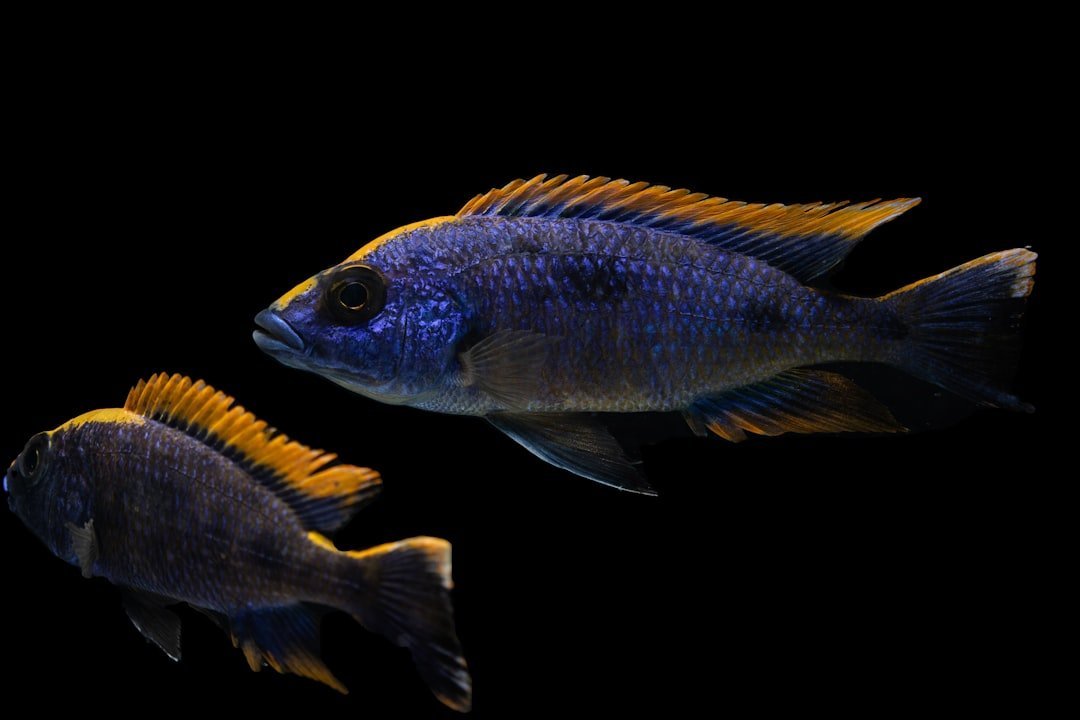
Cichlid courtship behavior varies dramatically based on their environment. In the shallows where the light is good, males build sand castles to attract females. Males of deep-dwelling species dig less elaborate pits and compensate with longer swimming displays. This adaptation makes perfect evolutionary sense. Why invest in visual displays that can’t be seen in the dark depths?
Castles require more effort to build but are more striking to females in clear, shallow waters. In species that live at greater depth where light is scarce, castle building does not pay off. In support of their theory, the researchers show that castle-building species live at an average depth of 15 meters in Lake Malawi, compared to 30 meters for pit-digging species.
The Ecology Behind the Art
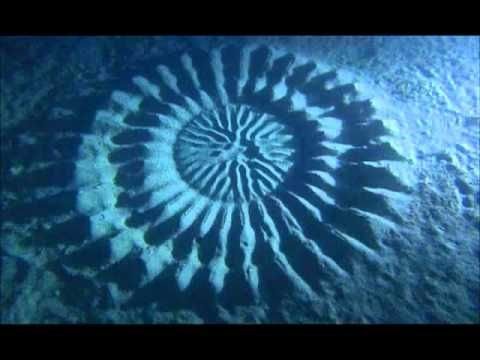
These construction behaviors are deeply tied to the fish’s ecological niche. This species has been observed by divers at 10-27 m on sandy bottom. Another population is found around 30 m at the northern part of Amami-oshima Island. Its behavior of building large geometric circles on sandy bottoms, makes this species unique. The habitat provides both the raw materials and the stable platform necessary for these architectural endeavors.
The species was discovered in the ocean waters around the Ryukyu Islands in Japan off the south coast of Amami Ōshima Island. Observed depths of the species range between 10 and 27 m (33 and 89 ft). The specific depth range ensures optimal conditions for construction while maintaining access to necessary resources and potential mates.
Conclusion
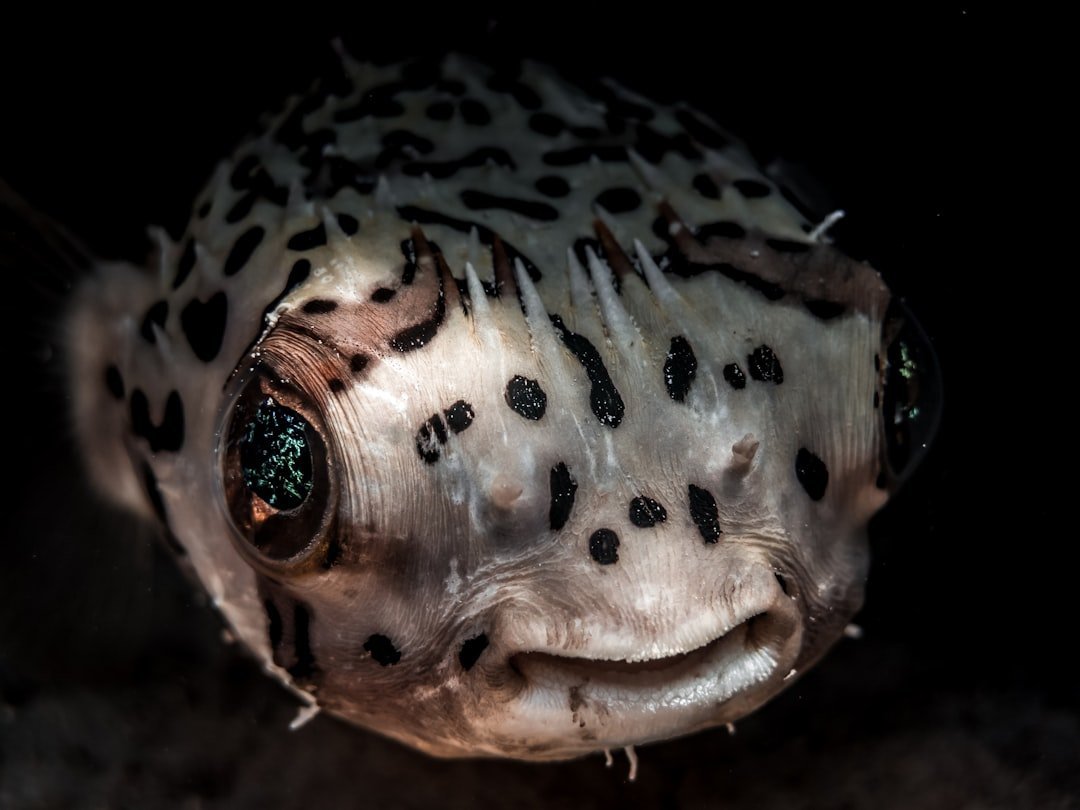
The fish that build sandcastles represent one of nature’s most extraordinary examples of artistic expression in the animal kingdom. From the intricate geometric patterns created by tiny pufferfish to the diverse architectural strategies of African cichlids, these underwater artists challenge our assumptions about intelligence and creativity in the natural world. Their dedication, precision, and innovative problem-solving skills rival those of any human architect.
These remarkable creatures remind us that love truly does make the world go round, inspiring behaviors that push the boundaries of what we thought possible in the animal kingdom. What do you think about these aquatic architects? Tell us in the comments.

